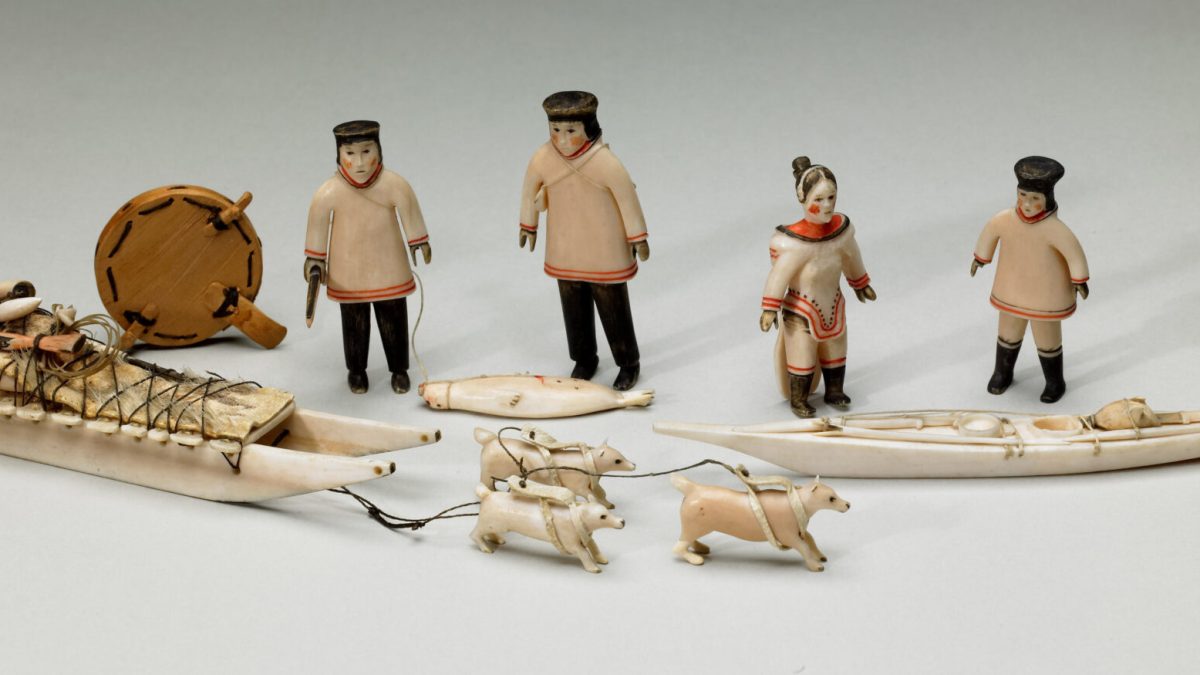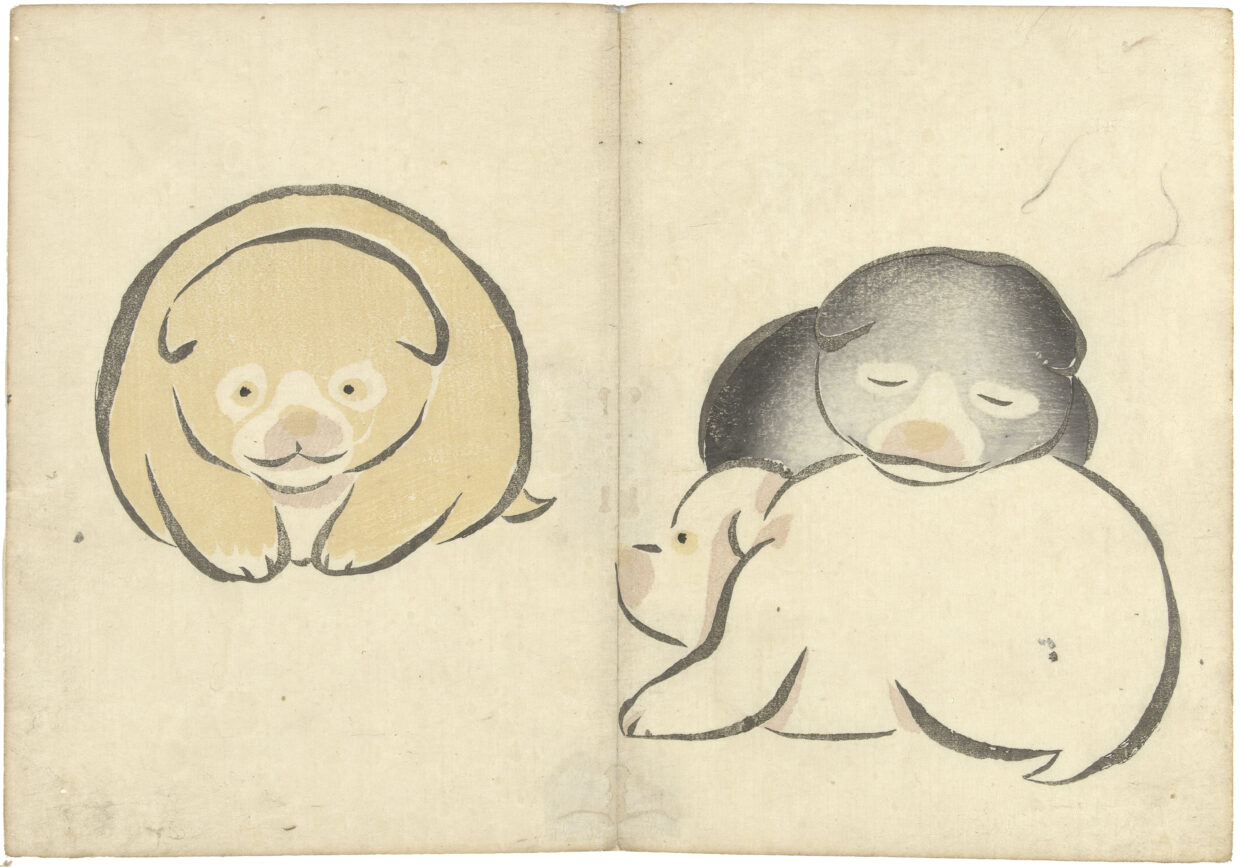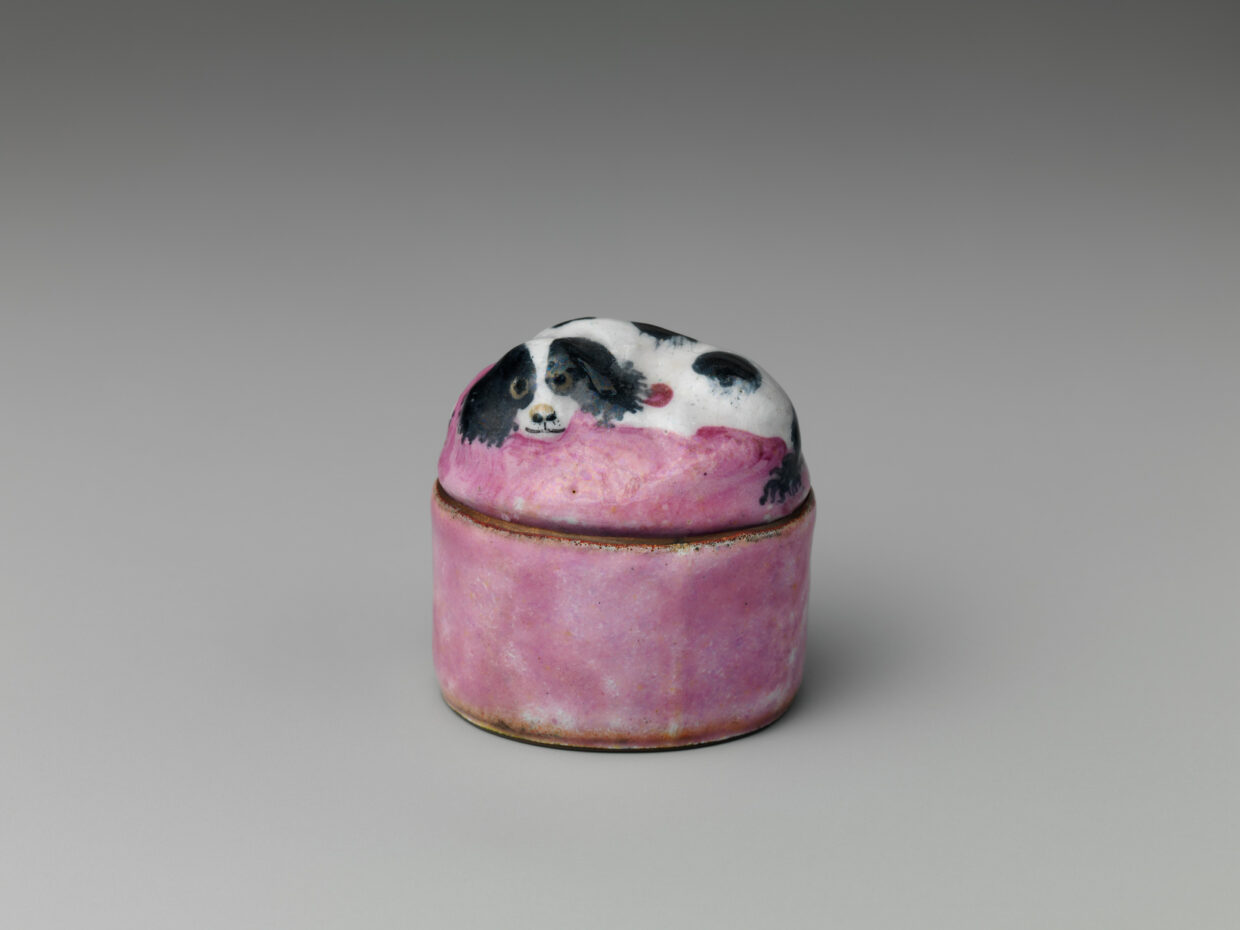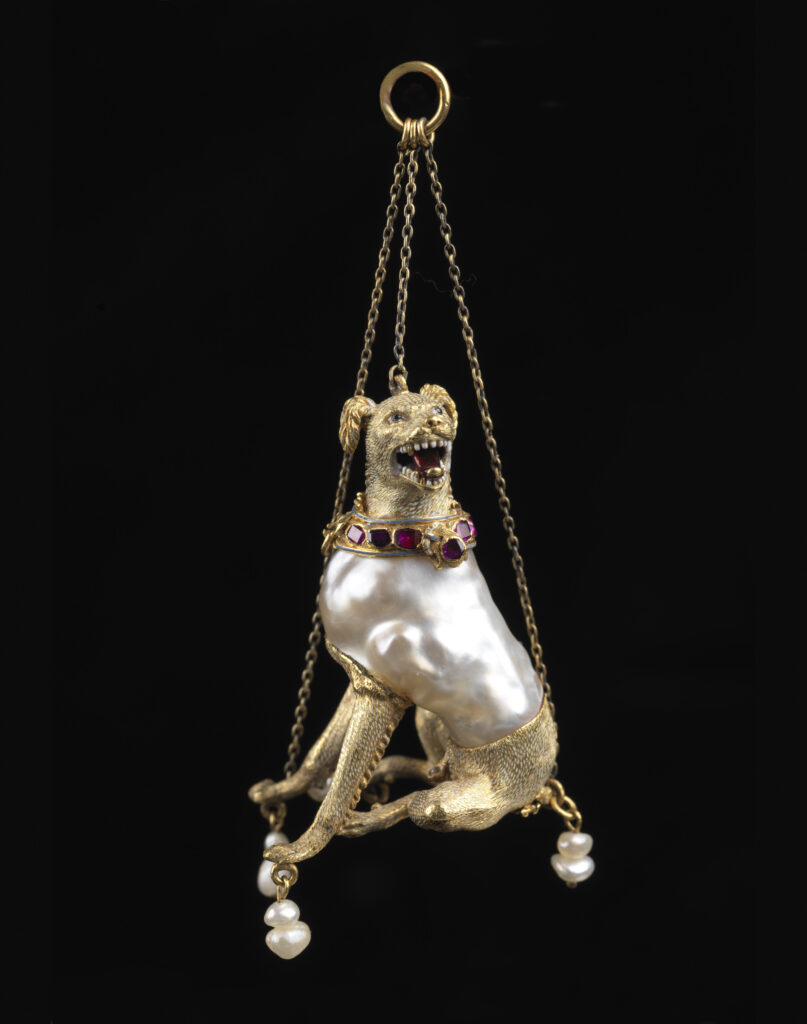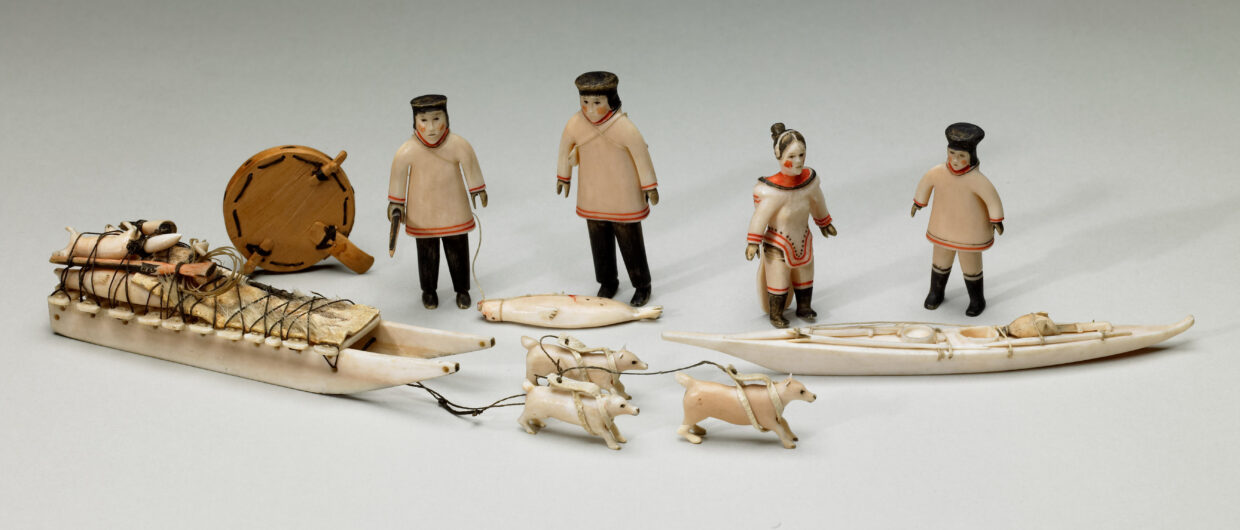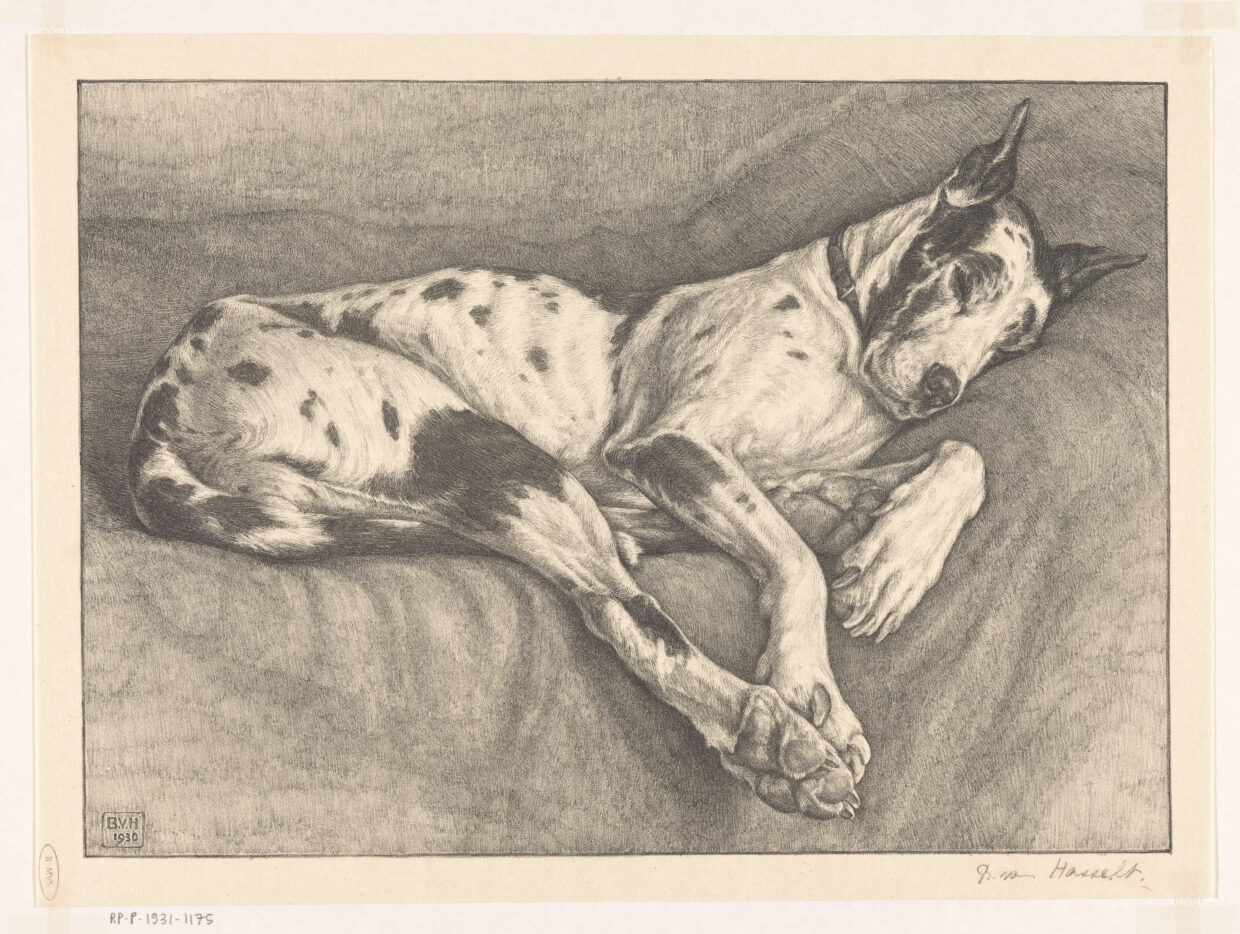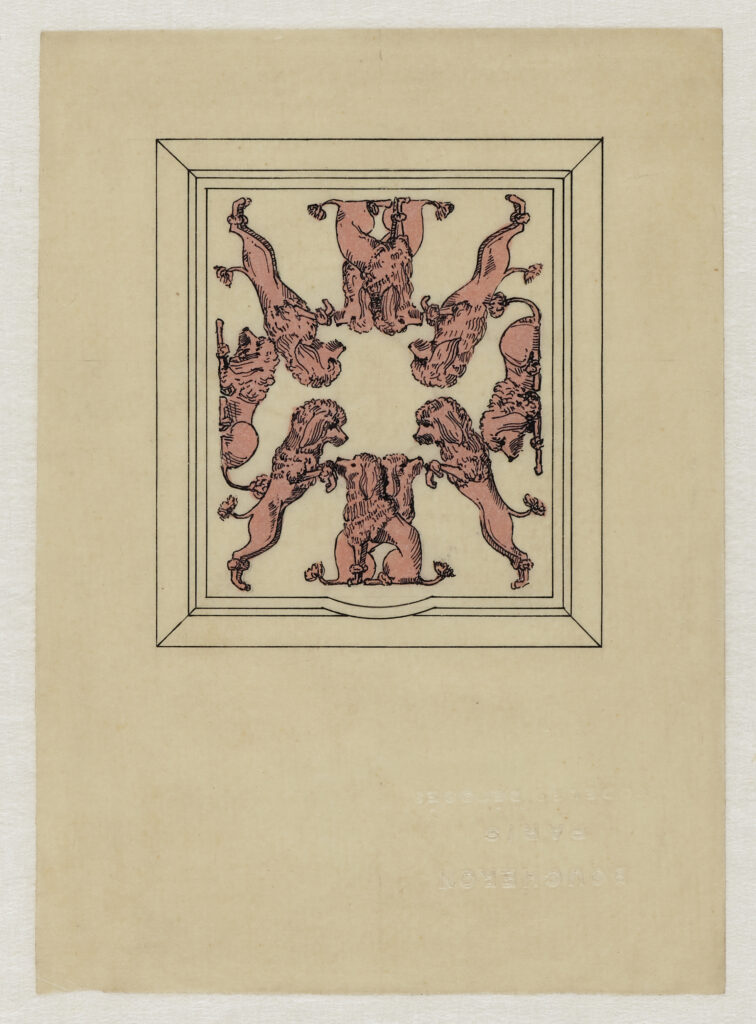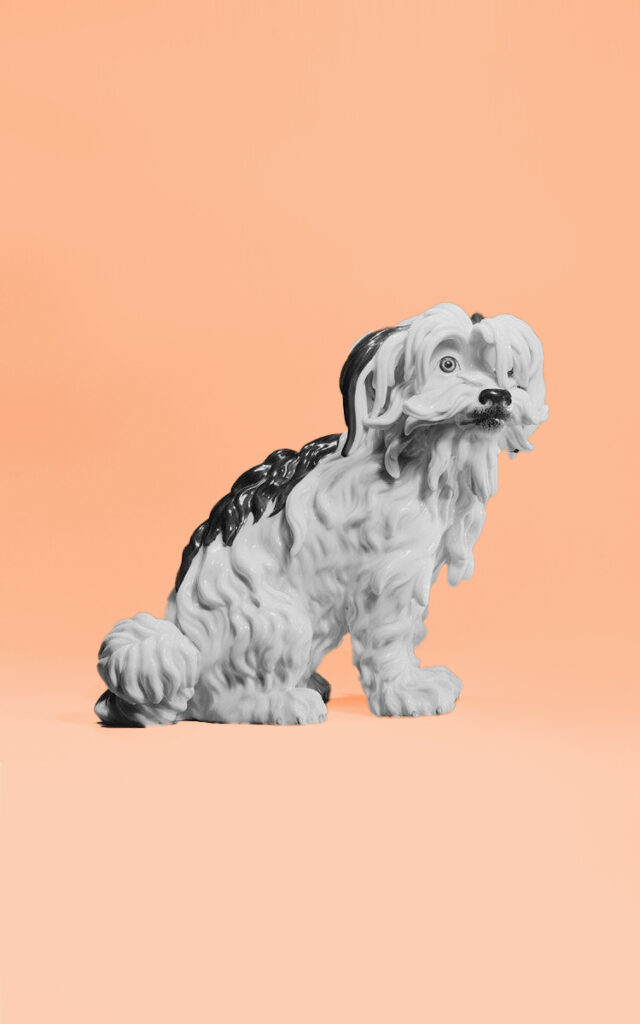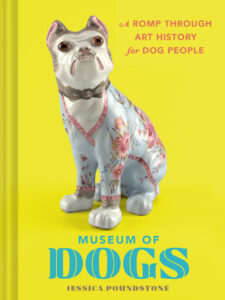The following images are from Museum of Dogs: A Romp Through Art History for Dog People by Jessica Poundstone.
Article continues after advertisement
Three Young Dogs
Attributed to Nakamura Hôchû, Japanese, 1826, color woodcut
If all the little Pokémon characters looked like these three, I would be so into it. Alas.
These portly puppies are part of a book published in 1826, most likely by an artist named Nakamura Hôchû. It contains twenty-six prints in which Nakamura revived a method of painting called mokkotsu, which means “boneless.” Yaaaaas.
*
Sketch of a Dog
Egyptian, 1295–1070 BC, limestone
Egyptians used chips of limestone with animal images like this one as illustrations when they told stories and jokes. This pup was definitely up to something extremely suspicious and/or goofy in this story.
*
Box
British, 19th century, enamel on copper
If you had been alive in eighteenth-century England, you might have been gifted a small box like this one with candy in it.
What kind of candy, you ask?
Well, with sugar production up (which drove sugar prices down—see, I was paying attention in econ), Victorian-era folks went a little bonkers inventing new confections, including pear drops, sherbet lemons, cough candy, aniseed twists, marshmallows, candy floss, and fruit gums.
One of each, please (okay, maybe I can do without the cough candy): Put them all in a derpy-dog bonbon box and I will love you forever.
*
Dog Pendant
European, 1575–1600, gold, rubies, pearls, and enamel
This pendant was one of many made in the late 1500s where the jeweler used the irregular shape of a pearl as the inspiration for the body of the work. I’m not sure who would have wanted to wear this pendant, but I am quite sure that I would like to have met them.
*
Dog Sled with Three Dogs
Inuit, 19th century, walrus ivory, pigment, string, and animal hide
Inuit carvers believed that amulets had the power to lead hunters to the animals they needed for survival. The detail here is stunning, down to the leather harnesses on the three sled dogs.
Although women weren’t typically included in hunting parties, there is a female figure in this work—exciting to see!
*
Sleeping Dog
Bertha van Hasselt, Dutch, 1930, lithograph on paper
Did you know—because I sure did not—that from 1912 to 1948 the Olympics included art competitions in five categories: architecture, literature, music, painting, and sculpture? For works with sports-related themes? Like what?! Bring it back!
Dutch painter and printmaker Bernardina Johanna Roberta (a.k.a. Bertha) van Hasselt entered her work at the 1928 Summer Olympics in Amsterdam. Sadly, she did not medal, but I would definitely have given her the gold for this absolutely delightful Great Dane.
*
Poodle Powder Box
French, 1940, ink and gouache on tracing paper
In 1940, the extremely posh jewelry purveyors Maison Boucheron hired the design firm of Strauss, Allard, and Meyer to come up with ideas for makeup compacts. Tragically, this design does not appear to have been manufactured. But the cases that were made—from pure gold and often featuring precious jewels and intricate, lacy cutouts on the lid—are worth looking up.
Maison Boucheron is still in operation today. Perhaps if we all write to them and ask very nicely they might produce this design for us? It’s worth a try.
*
Bolognese Terrier
Russian, 1811–1850, porcelain
Porcelain was a big deal in Russia during the 1800s, due in part to its promotion by the leaders of the splendidly named Imperial Society for the Encouragement of the Arts in St. Petersburg. Any organization that encourages the creation of something as majestic as this Bolognese terrier has to be doing something at least a little bit right.
__________________________________
Excerpted from Museum of Dogs: A Romp Through Art History for Dog People by Jessica Poundstone. Copyright © 2025. Published by Chronicle Books.
